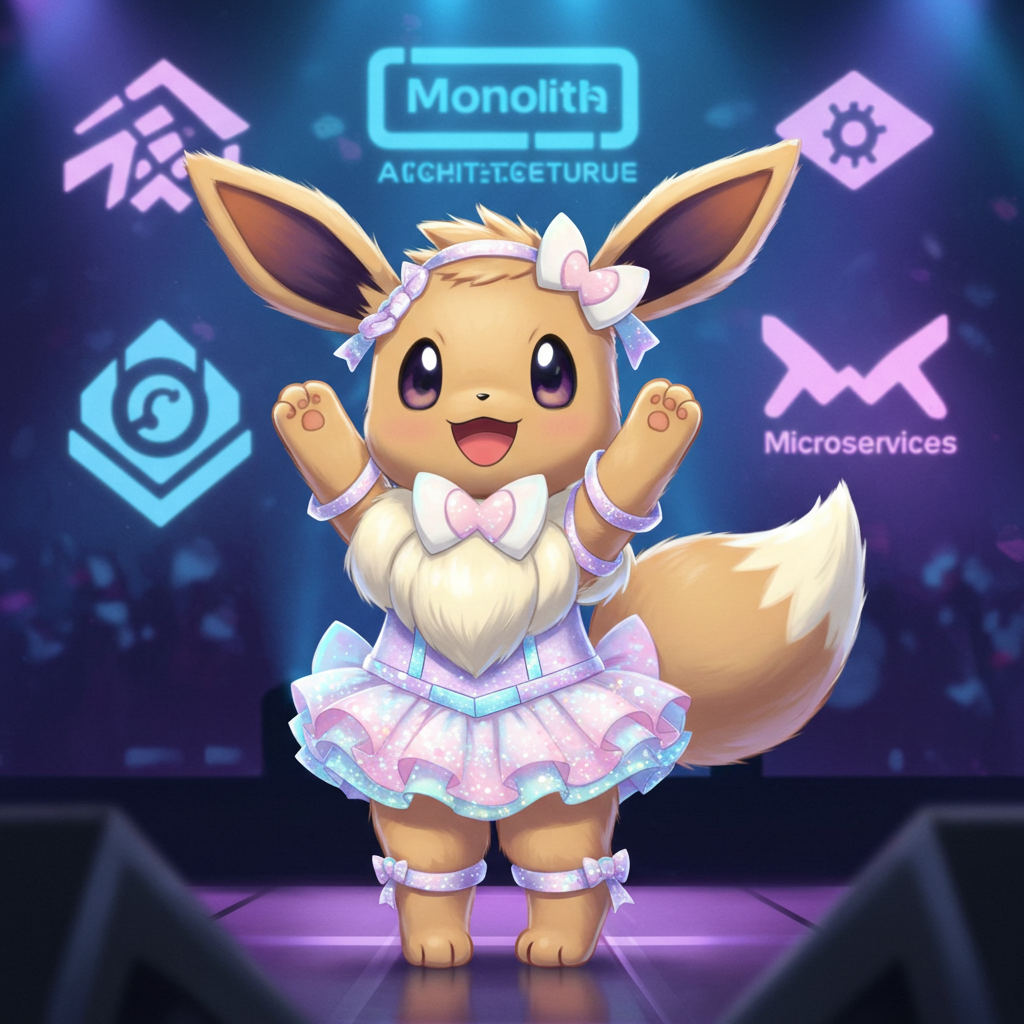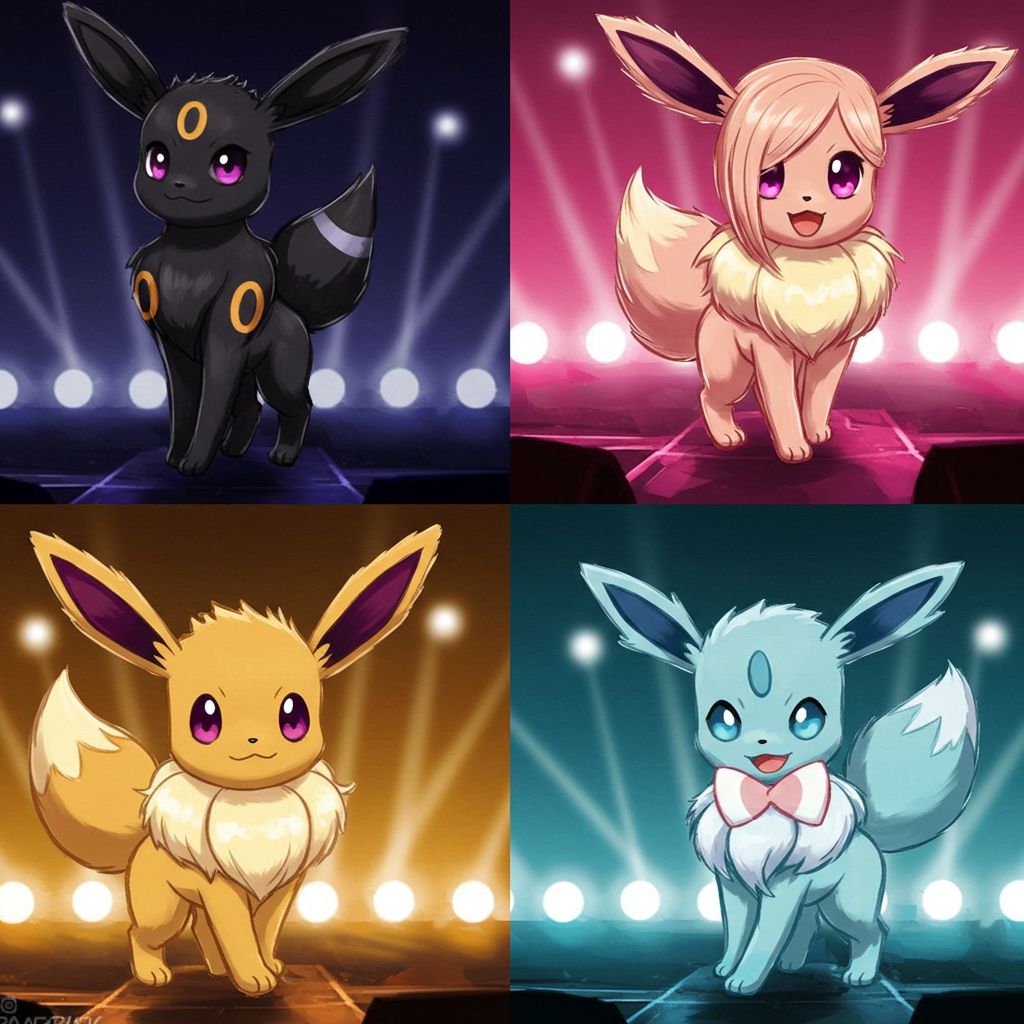
K-pop has evolved dramatically over the years, with new generations of idols pushing the boundaries of what we know about the industry. If we take a step back, we can notice an interesting parallel between the growth of K-pop groups and the way we develop software 😄!
From the early days of K-pop groups like SES and Girls Generation to the global groups of BLACKPINK and BTS, K-pop groups have undergone a major transformation. This journey can be compared to the shift from monolithic systems to microservices in the tech world! 🤖💻
Early K-pop: The Monolithic Approach 🏰
Back in the day, K-pop groups were like monolithic software — tightly coupled and working together as a cohesive unit. 🎶 They would debut as a group, perform together, and rarely do solo projects. It was all about the collective sound and brand, and every member contributed to the overall identity of the group.
Just like a monolith in software development, these early K-pop groups didn’t need much separation of tasks. The group would release albums together, go on tours together, and everything was interconnected. 💖✨
Monolithic System Analogy:
- Tightly coupled: The group functions as a single unit.
- Rare solo projects: Everyone’s contribution is intertwined.
- Focus on the collective: The group’s identity is prioritised over individual expression.
The Shift: From Monoliths to Microservices 🔄
As K-pop continued to grow and evolve, the model began to change. Groups started to experiment with solo projects and albums while still maintaining their group identity. 🌈 This shift mirrors the transition from monolithic systems to microservices in tech.

Take Blackpink as an example. They debuted as a group but quickly ventured into solo projects, with each members releasing solo albums. However, just like how microservices still need to work in harmony, Blackpink would always return to their roots as a group for albums, concerts, and activities. The individual projects allowed each member to shine, but the group as a whole stayed intact ✨🎤!
Microservices Analogy:
- Loose coupling: Members work individually (solo albums) but still come back to collaborate (group albums)!
- Independent deployment: Each member’s solo projects are like microservices running independently.
- Interdependence: Despite working solo, group activities still take place, showing that the team can come together seamlessly when needed.
The Downsides: Microservices Aren’t Perfect 🎏
While microservices seem like the ideal solution for flexibility and scalability, they also come with their own set of challenges. Similarly, while K-pop idols pursuing solo ventures can bring excitement and new opportunities, there are also risks and downsides to consider ⚠️!
In the tech world, managing microservices comes with challenges like:
- Latency: Because microservices operate independently, the communication between them can introduce delays. This can slow down the overall system, just like how solo activities in K-pop might distract from the group’s overall momentum.
- Complexity: With many moving parts (e.g. multiple solo projects and services), it becomes more difficult to track, maintain, and scale everything. K-pop idols balancing solo projects with group activities might find themselves stretched thin or facing creative burnout.
- Monitoring and logging: Monitoring the performance of microservices is more complicated than monitoring a monolithic system. The same can be said for tracking the success of individual K-pop members’ solo ventures — it’s harder to see the full picture when each member is pursuing their own path.
- Just as a monolithic system is simpler to maintain in its early stages, having a single K-pop group without solo projects could be less complex and more cohesive. However, the downside is that without solo ventures, members might miss out on opportunities to grow their individual identities 🚀
Microservices and Solo Ventures Analogy:
- Latency: Solo projects might slow down group efforts or cause a disconnect.
- Increased complexity: Balancing solo careers and group activities can lead to creative burnout.
- Monitoring and logging: Keeping track of an idol’s solo career, while ensuring the group’s success remains intact, becomes harder over time.
Why the Analogy Makes Sense 🤔
In the early stages, both K-pop groups and startups work in a monolithic fashion — all tasks and contributions are interwoven to create a cohesive identity and product. As they mature and stabilise, they start focusing more on the individual strengths of their members (or services), but they continue to maintain the unity of the larger group (or platform) 🎧🌟
This approach allows both K-pop idols and tech startups to scale effectively. While microservices (solo projects) give them flexibility and specialisation, the collective (group activities) ensures they continue to thrive together.
The Best of Both Worlds 🌍💫
Just like how Blackpink and BTS have embraced both solo and group activities, tech startups can leverage both monolithic and microservice strategies at different stages of growth 🎉 The key is finding the balance between individual innovation and collective strength.
The future of K-pop and tech alike will likely involve even more integration of both solo and team-based approaches. Perhaps, the next big thing in K-pop will be even more like a distributed microservice system! 😎